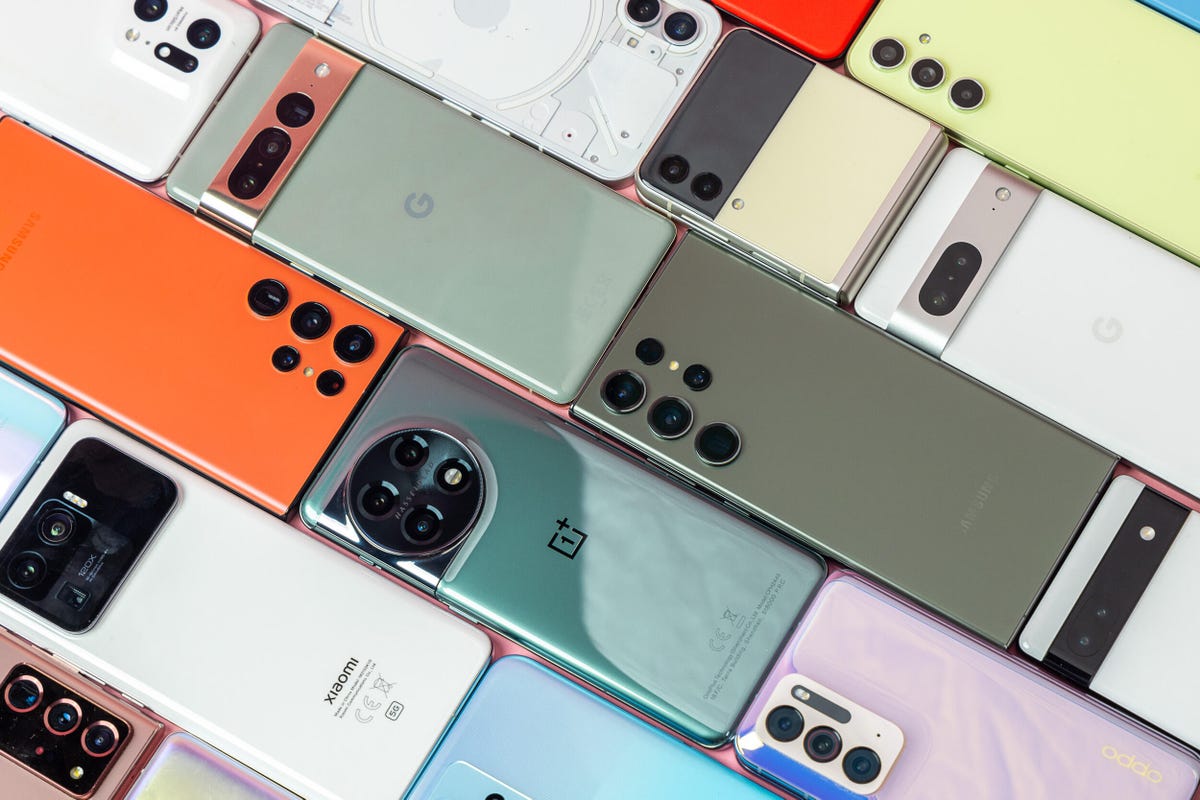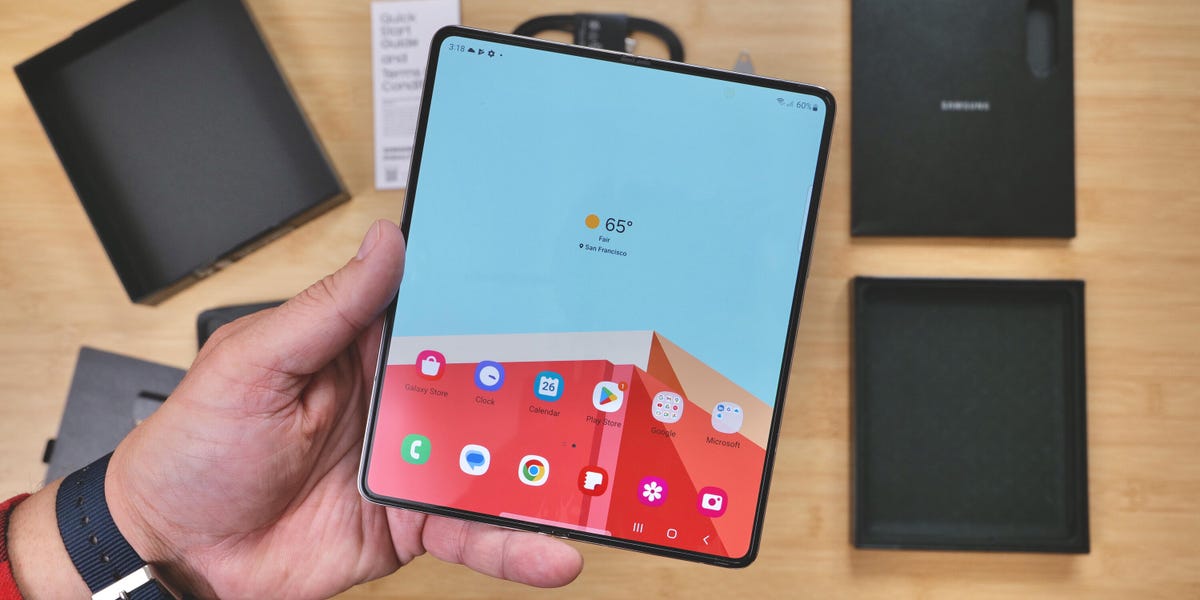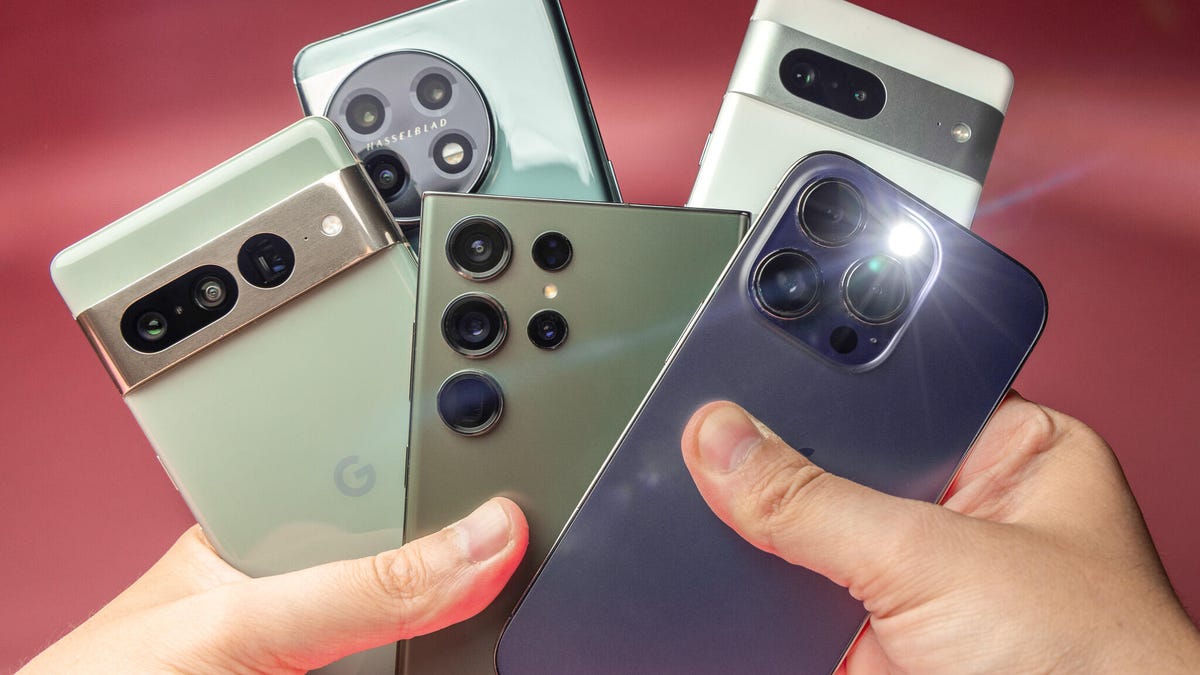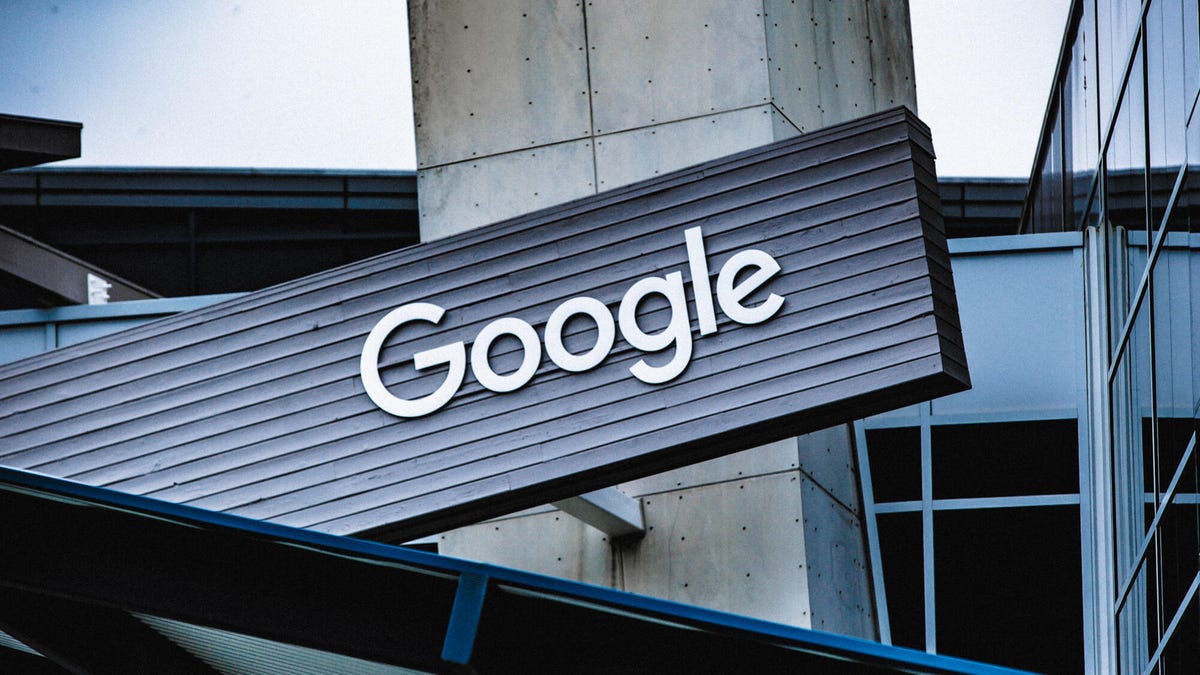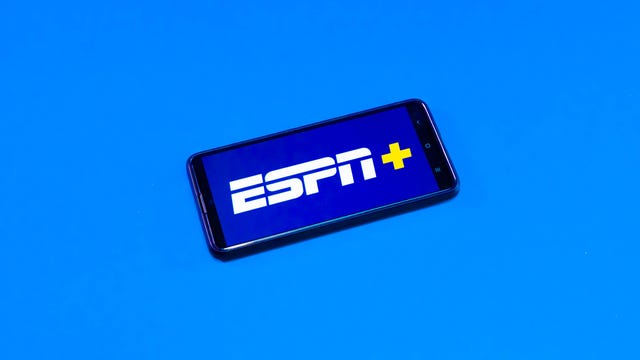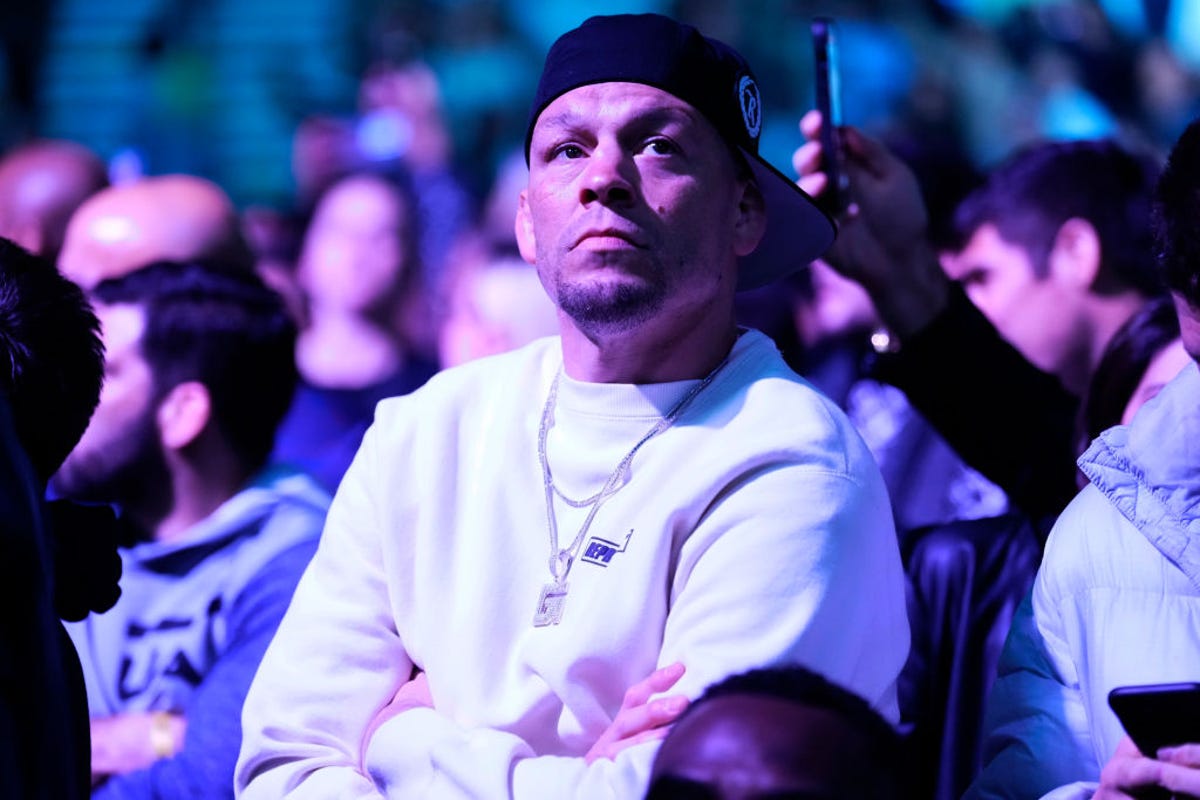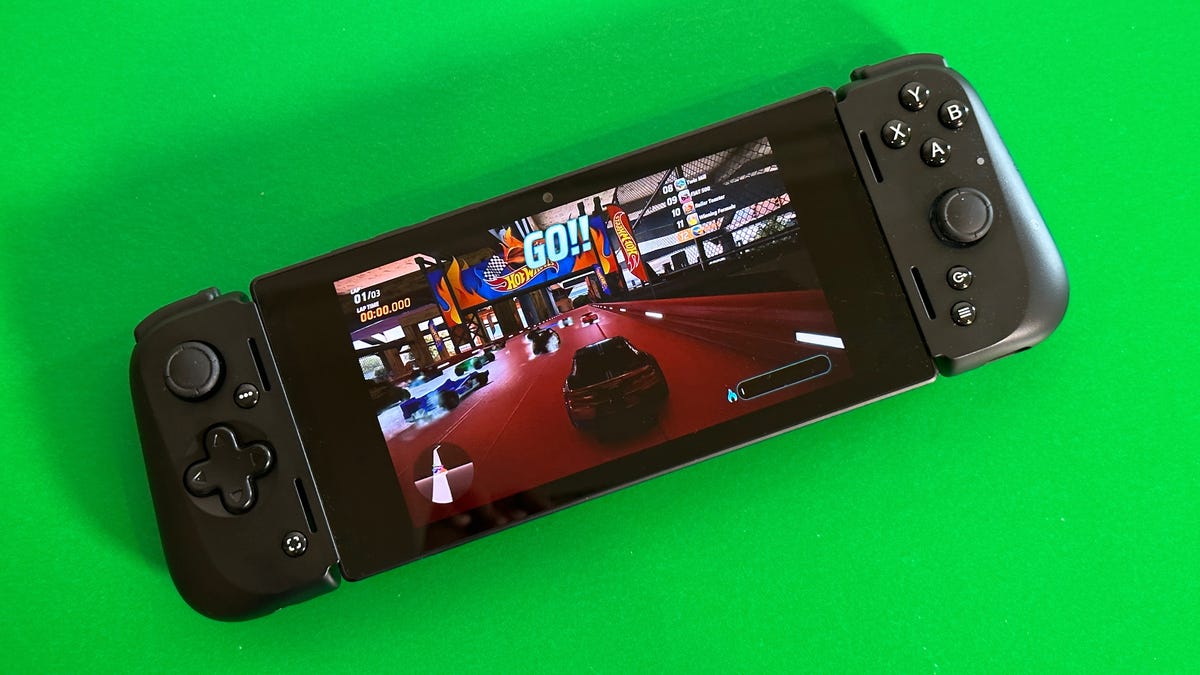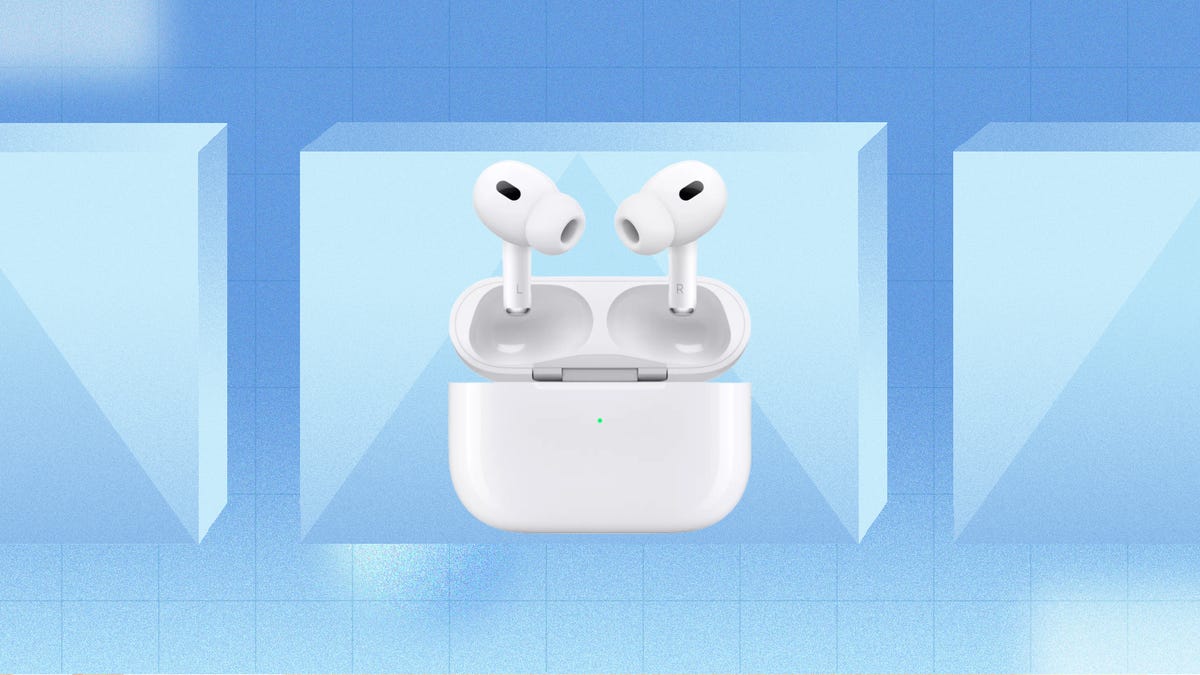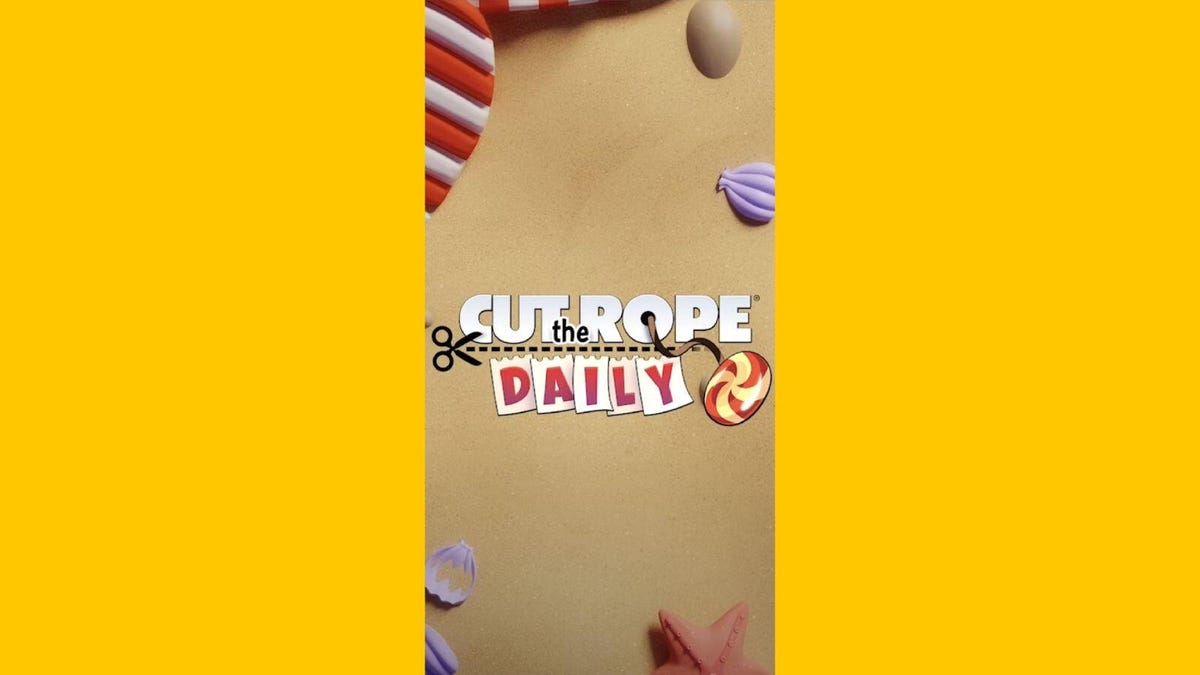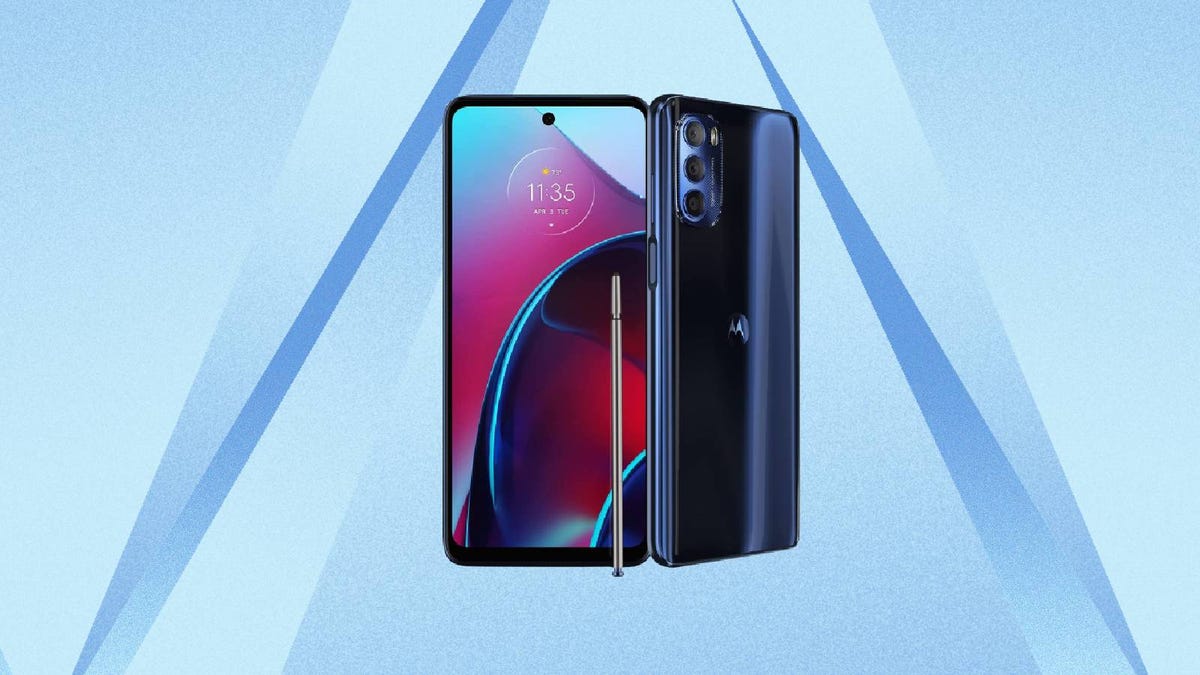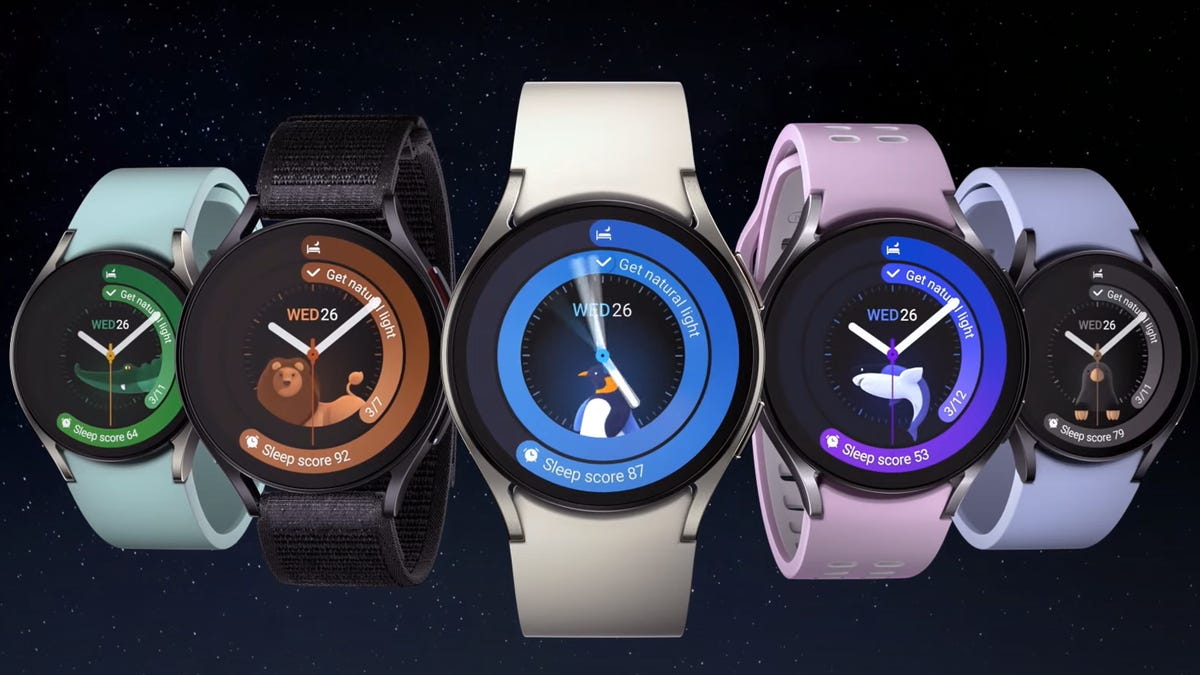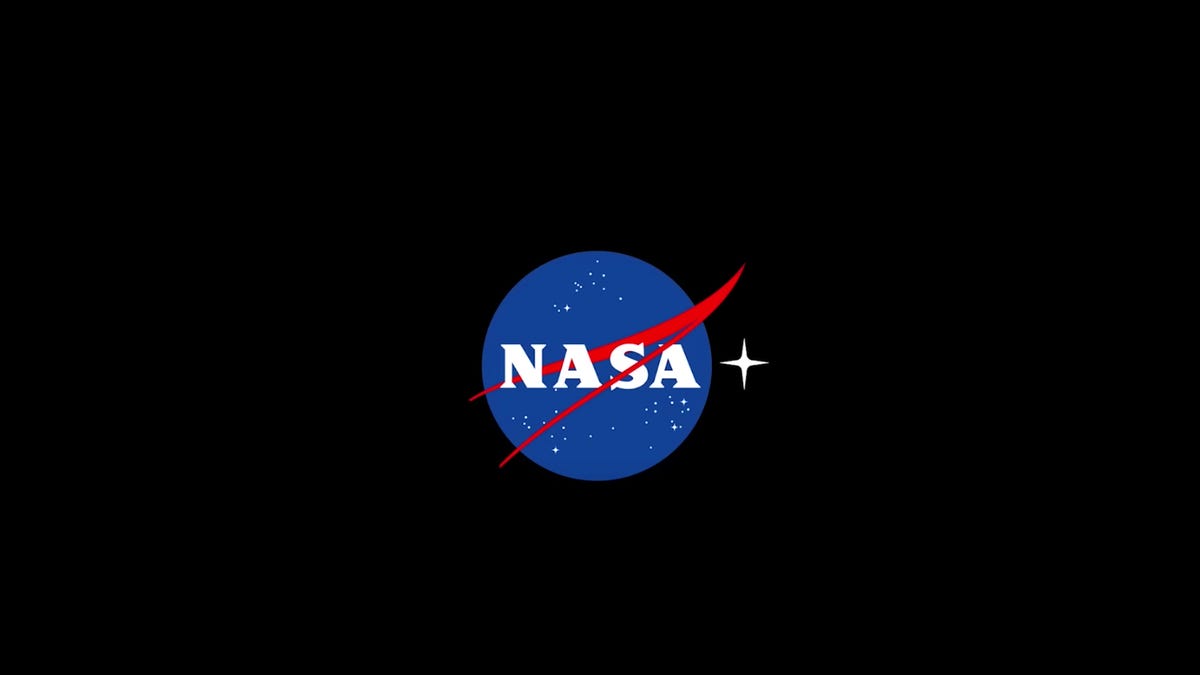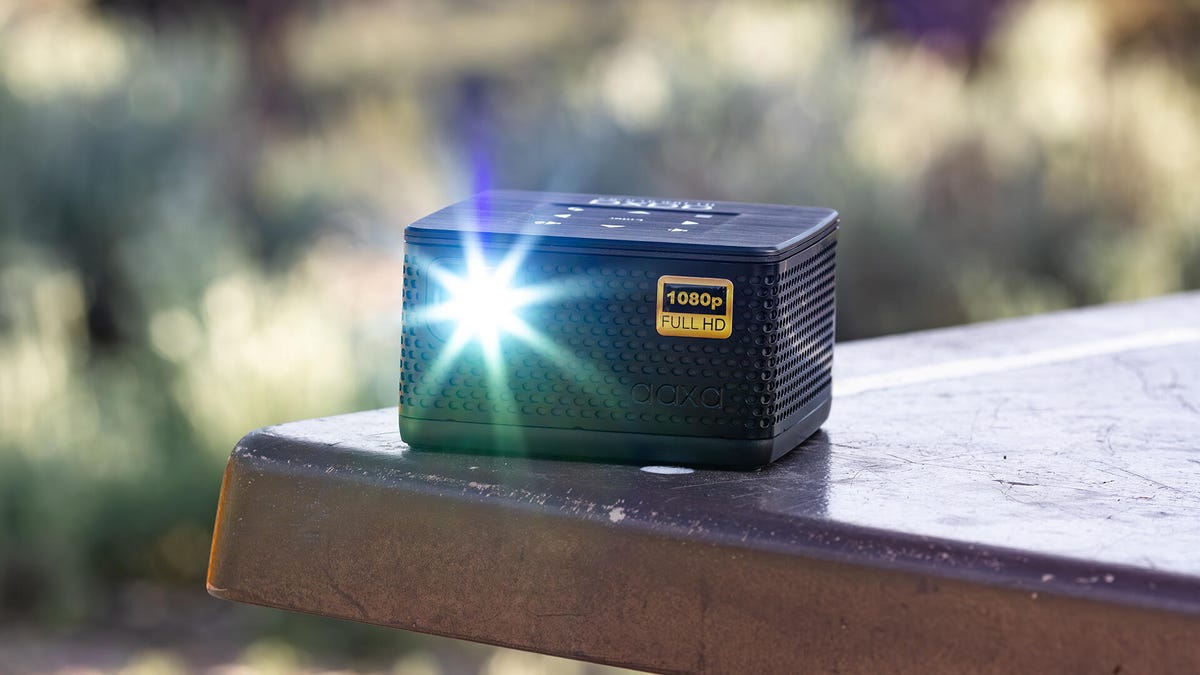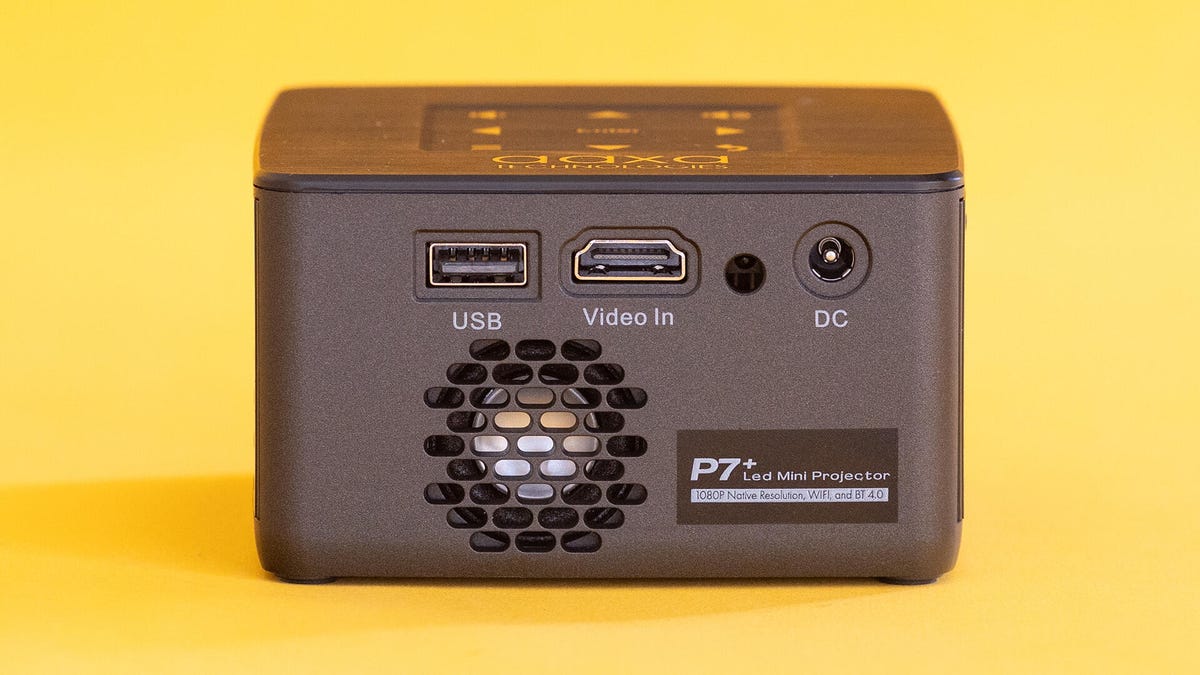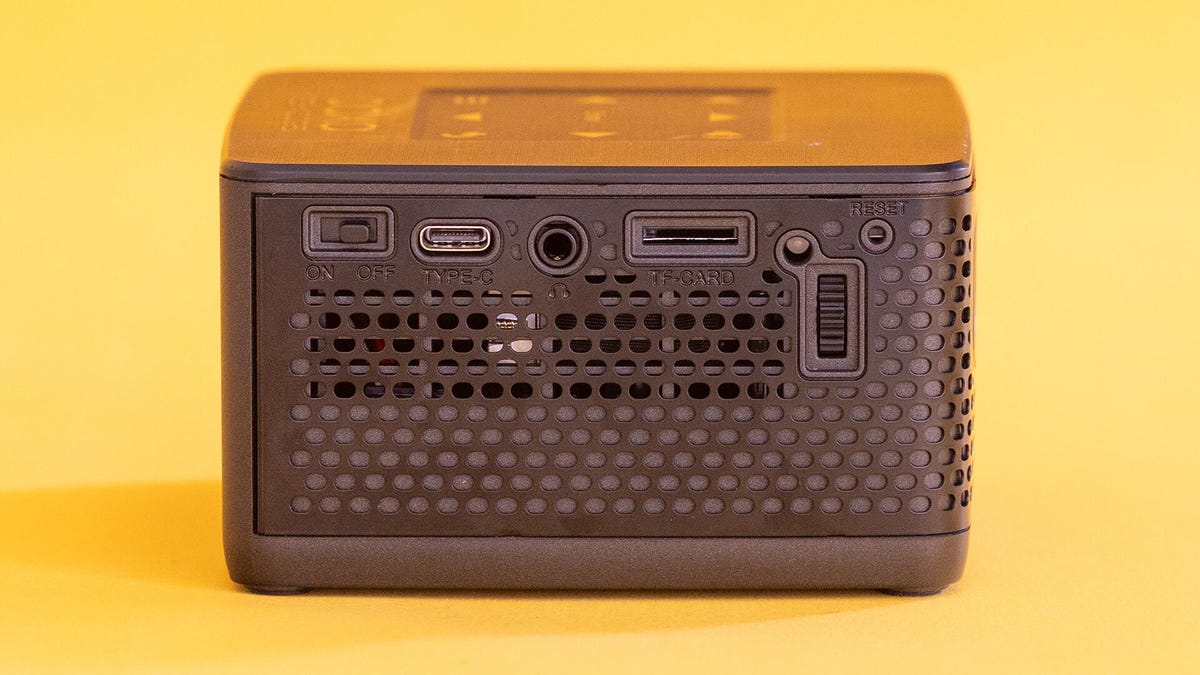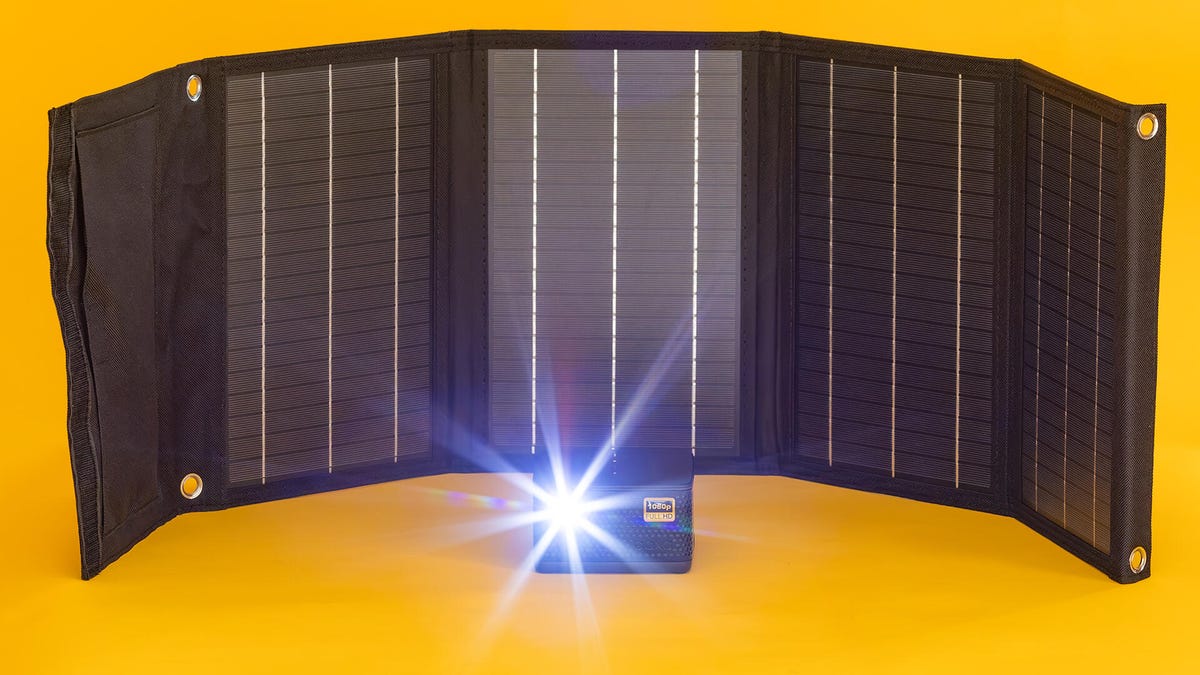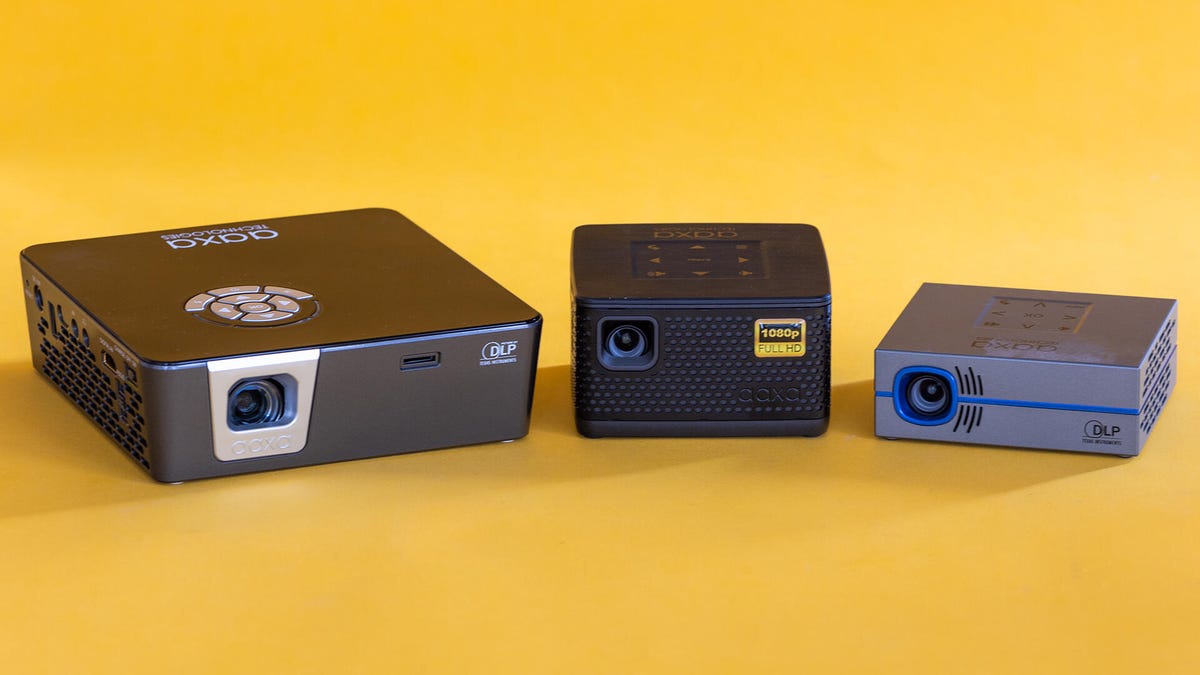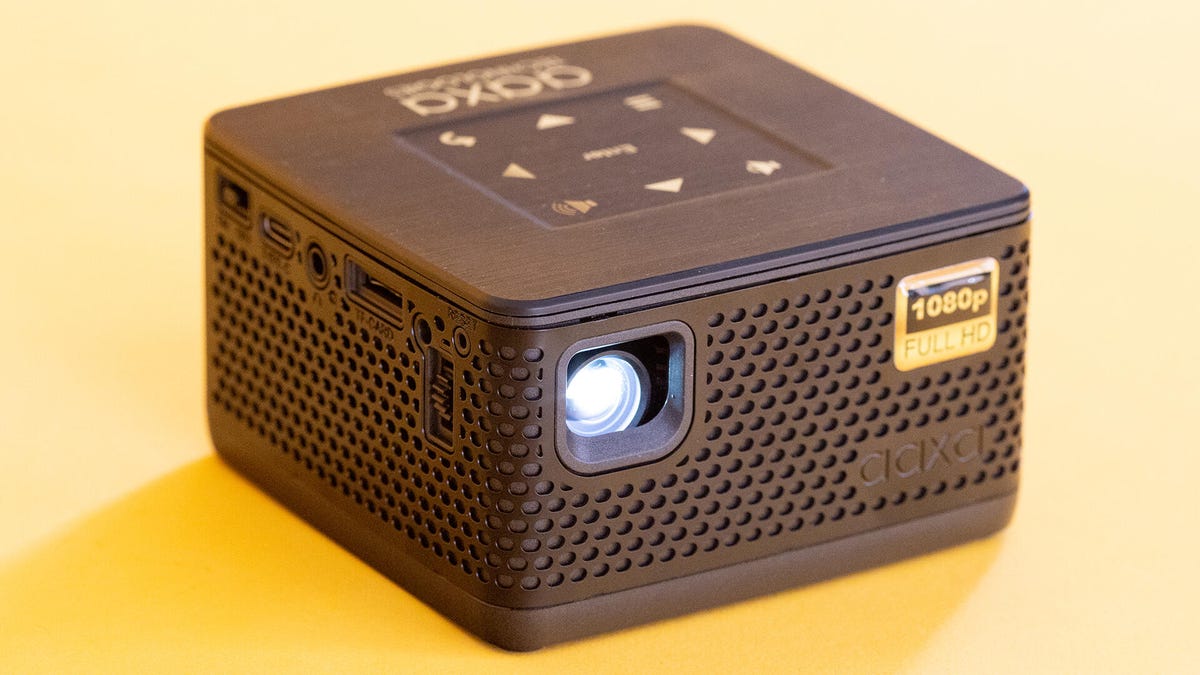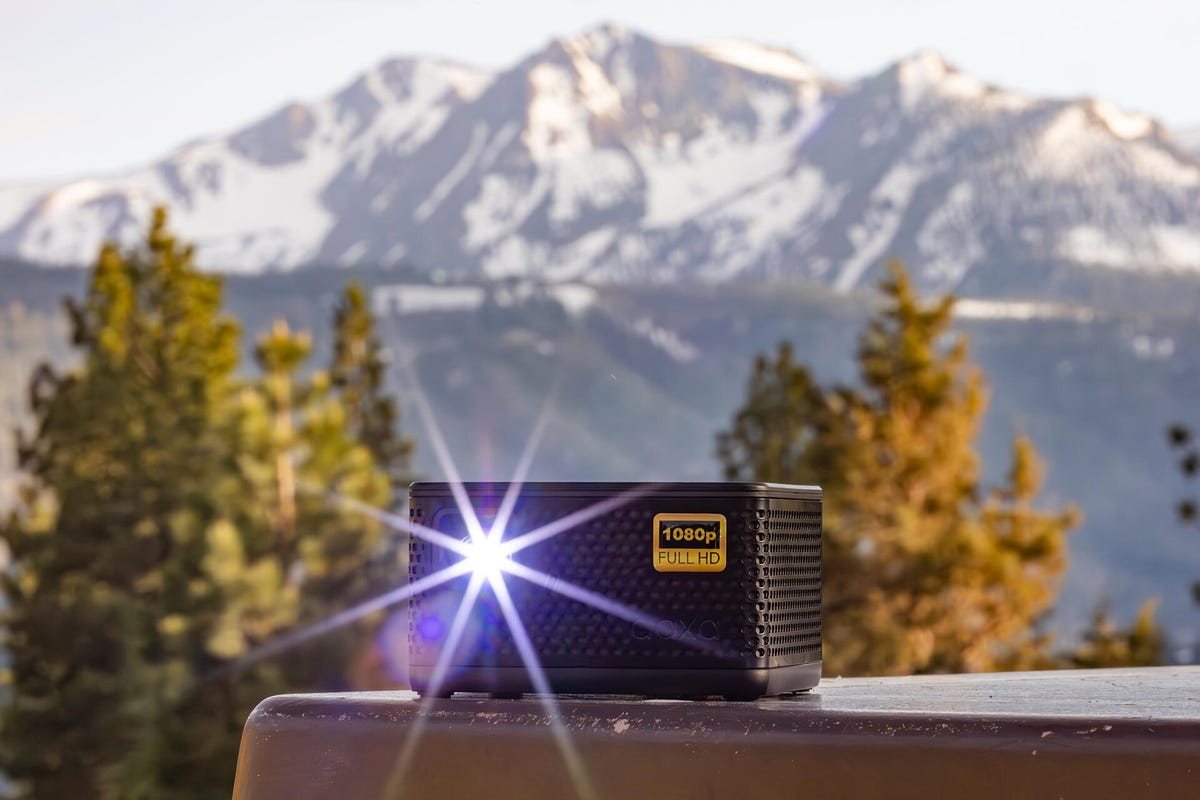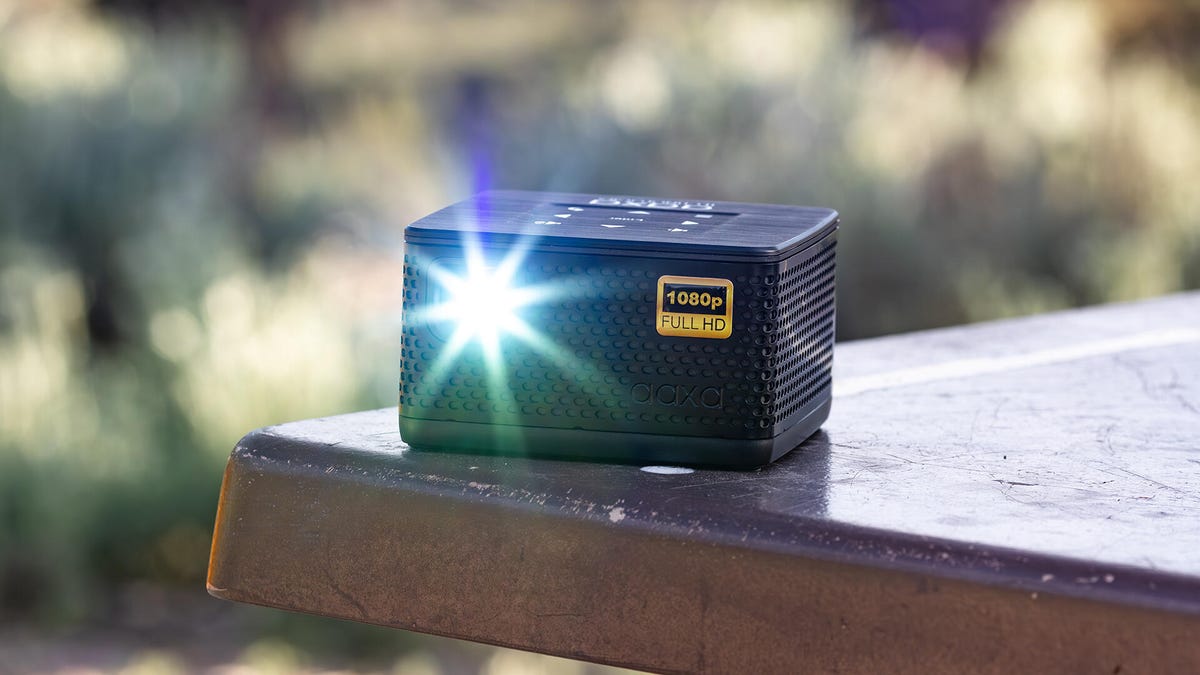I really like the idea of tiny pocket projectors such as the AAXA P7 Plus. They grant you the ability to watch a movie or TV show pretty much anywhere. I’ve reviewed a bunch of them, and unfortunately they’re all flawed in some way. The technology to make a huge, bright image in a handheld size for not a lot of money just doesn’t exist yet. That doesn’t make them useless, though — far from it.
Previous AAXA projectors I’ve reviewed were pretty good, at least from a budget perspective. The P8 did a great job for its price, and the P6X was surprisingly bright for its size. I was hoping the P7 Plus would do as well, or better, than those two. Maybe it wouldn’t be as bright as the P6X, or as cheap as the P8, but with 1080p resolution and a battery, maybe it’d find its own niche in this pico projector category. And it does… kinda.
The issue is that, while it does so many things right, its contrast ratio is really poor. It’s literally the worst I’ve ever measured. So the image looks extremely washed out and flat. It’s too bad because the color, detail and video processing are all better than the P6X or the P8. Here’s a closer look.
Big specs, small size
- Resolution: 1,920×1,080 pixels
- HDR-compatible: No
- 4K-compatible: Yes (4K30)
- 3D-compatible: No
- Lumens spec: 550
- Zoom: None
- Lens shift: None
- LED life: 30,000 hours
Full HD resolution is a rarity in projectors this size, with most companies picking more budget chips from Texas Instruments at 720p resolution or below.
The 550 lumens is a bit optimistic. In the bright Boost mode I measured approximately 201, which honestly isn’t bad for something this size. You can get 30 more lumens if you switch to the Cool color temperature. Normally I wouldn’t recommend such a thing, but every bit helps with a low lumen projector. Eco mode, to extend battery life, puts out about 85 lumens. AAXA claims approximately 150 minutes of battery life in said Eco mode. Given the brightness difference, I’d estimate less than half that time in Boost mode.
As you’d expect, there’s no lens shift or zoom on the little P7 Plus. The focus is via a vertical wheel on the side. This is a bit hard to dial in, as it feels like the full range of possible focus isn’t the full 360 degrees of this dial, but maybe 90. Thus, slight changes make a big difference. Not a huge deal for the price, but it does take a few extra seconds to “dial it in” (pun intended).
On the back is a small two-watt speaker. It works, but if you want any sort of volume you’re better off connecting an external speaker to the headphone output.
The AAXA features an LED light source which should last the life of the projector.
Surprisingly varied connections
- HDMI inputs: 1
- USB port: 1 USB-A, 1 USB-C
- Micro SD card slot: 1
- Audio output: Headphone output
- Internet: 2.4GHz/5GHz
- Remote: Not backlit
Into its tiny, hand-holdable body AAXA has squeezed a lot of inputs, HDMI being the most important one, but there’s also USB-A, USB-C, an SD card slot and a headphone jack. Unfortunately, you can’t recharge the P7 Plusvia USB, only via a separate power adapter. If the P7 Plusis plugged into the wall there’s a small recharging icon in the lower right corner of the projected screen that never goes away.
As far as apps go, there’s Netflix, YouTube, Tubi, Twitch, Haystack and Vimeo. These load fairly quickly. With Netflix you get a “Google Play services” warning that says the device isn’t supported, but the app loads anyway. It’s the mobile version, which has a questionable relationship with remotes. Generally you can navigate reasonably well, but occasionally there are glitches because the app is clearly meant for a touchscreen. Although you can stream downloaded movies from your phone, you can’t mirror streaming apps as they show up blank — seemingly due to copyright protections.
The small, credit-card size remote has identical domed buttons that makes it difficult to use in the dark until you memorize the locations of what you need.
Solar!
It’s an odd pairing, a device that absorbs light from the sun, and which creates an image that gets obliterated by the sun. Opposites attract, I guess. The foldable solar panel is roughly 50% taller than a large paperback book. It contains four panels and, in addition to two USB connections, there’s a cable that fits the P7 Plus. AAXA makes no claims about its power-generating potential, but it looks visually similar to this without the branding. I’ve tried a few of these solar USB-charging products and all of them drastically over-promised their potential power generating abilities.
Running some charging tests in the brightest light of a Los Angeles summer, I calculated it would take around 10 hours to charge the P7 Plus. That’s 10 hours of peak sun, of which you don’t get all day long. If you’re further north, there are clouds, it’s not the middle of summer, and so on, it will take even longer. Which is to say, it’s going to be pretty slow to charge the P7 Plus’s battery.
However, I still like the idea of this — at least, for particularly outdoorsy folks. To be able to pack something this small and recharge it during the day (or more likely, several), and then watch a show or movie on the side of the tent at night. Helpfully, you can also use the solar charger to top off your phone, some USB-charged camp lights, and so on. Just keep in mind that it’s going to do so at a fraction of the speed of a real charger, and even slower if you connect more than one device.
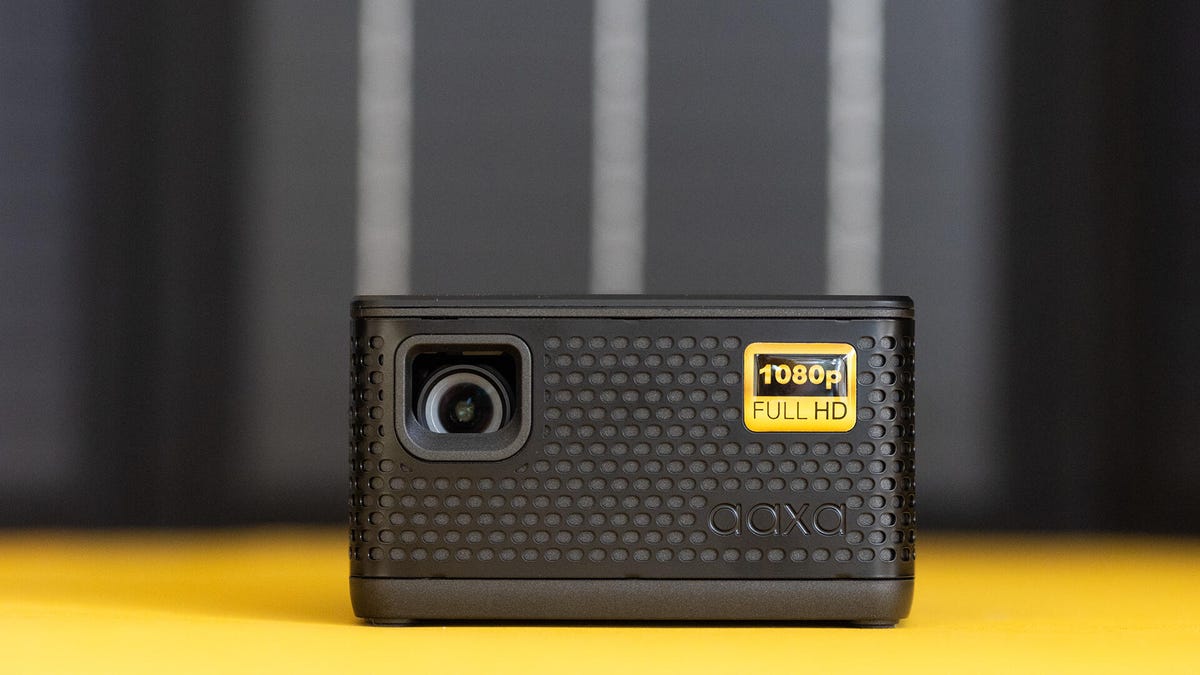
Is it worth the extra $54 (at the time this is published) to get the solar charger? Only if you’re a really off-grid sort of camper. If you’re more of the weekend, car-camper variety, you’re probably better off getting a charger like this, which can more rapidly recharge all your devices. Plus, you can just plug in the AAXA wall charger to the outlet on the front. If you’re tempted to get a larger or cheaper solar charger, just remember the P7 Plusdoesn’t recharge via USB. The P7 Plus by itself is available without the solar charger.
Picture quality comparisons
Well, this is different: Three AAXA projectors head-to-head-to-head.A rare, perhaps unprecedented, single-company comparison. When selecting the projectors to compare to the product under test, I try to keep the price and performance — and ideally both — close enough that the comparison makes sense. This far under $500 there’s not much I’ve found that’s particularly noteworthy. Even the better options have some serious flaws. The ones with batteries also typically wildly underperform those without. Which is all to say, I don’t plan on doing this single-company face-off again, but for now, these three make the most sense given the current state of projectors. The P6X is basically the same price and has a brighter image, but lower resolution. The P8 is even cheaper, but also dimmer and even lower resolution than the P6X. It doesn’t have a battery.
This is going to sound like I’m damning the P7 Plus with faint praise, but it has the least things wrong with its image in this group. The colors of the P6X are wildly inaccurate and the video processing is wonky. The P8 has some chonky pixels, badly crushed whites and even in the warm color mode, is quite cool.
The P7 Plusgets so many things right — the colors are somewhat accurate, especially for the sub-$500 portable set, and skin tones look human! Grass looks vegetative! I’ve seen far more expensive projectors look significantly less accurate. Don’t get me wrong, it’s not at all accurate, it’s just close enough that you can look at it and not think the settings are messed up. Certain colors are noticeably off. Lips look like everyone’s wearing particularly vibrant lipstick, for example.
Despite its lumen claims, the P8 is a touch brighter than the P7 Plusby a few lumens. The P8’s penchant for crushing the highlights makes it appear brighter than it is. To put that another way, things that are nearly white are “crushed” to be completely white. So the image has more fully white pixels, appearing brighter even though the image quality overall suffers. The P6X, however, blows them both away by a lot. By my measurements, about double. That goes a long way towards usefulness for a lot of people, despite its picture quality shortcomings.
The P7 Plus, logically, looks far more detailed too. I’m not going to turn down 1080p in a projector, but given the limited lumens and how small an image you’ll be creating the extra pixels are probably overkill. It is visually much sharper than either of the others, with far less noticeable pixels. So I’ll give it credit for that.
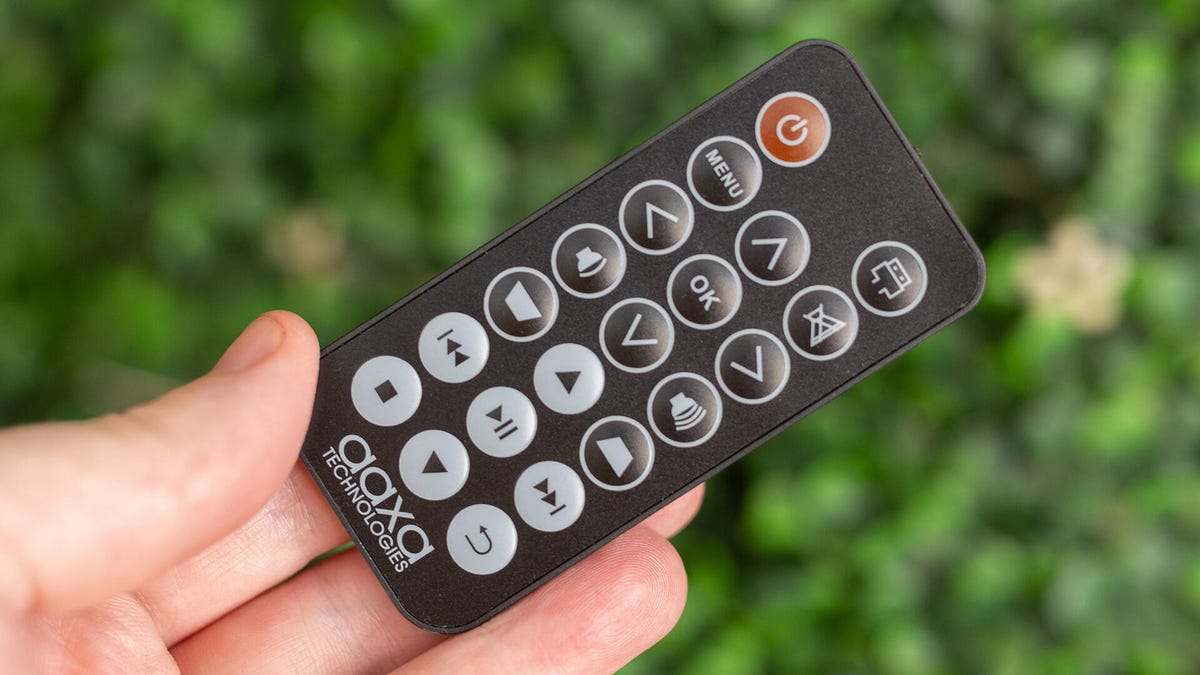
This brings us to the main issue: The P7 Pluslooks very washed out. The P8 and P6X aren’t exactly contrast ratio champions, but they look like it when compared to the P7 Plus. I measured its contrast ratio at 47:1. (That’s not a typo.) For comparison, the P6X was 210:1 and the P8 was 558:1. The P7 Pluslooks flat and as a result, looks dimmer than it actually is. As I said in the intro, it’s literally the lowest contrast ratio I’ve ever measured. The previous “winner” for that title was the $59 Elephas JingHuier, which had nearly three times better contrast numbers. That projector looked terrible in countless ways, however, so it still wasn’t worth comparing here.
Surprisingly, the poor contrast of the P7 Plusdoesn’t render it unwatchable. It’s gray and flat for sure, but the ultimate goal of any display is to let you watch things on it, and you can certainly do that. Since I doubt most people will be using this on a 100-inch glossy white screen, the lack of a contrast ratio maybe isn’t a huge deal. Can you watch an episode of your favorite show projected on the side of a tent? Yeah, definitely.
Pocketable PJ
There are so many aspects to the P7 Plusthat are huge improvements over other projectors in its size and price. The resolution, color “accuracy” and image processing, are all solid building blocks of a good image. The contrast ratio though is just really, really bad. It largely negates the improvements made in the other aspects of the picture. It’s watchable for sure, but not more so than the P6X and P8 with their respective flaws.
This ends up being a tough choice. For the most part I think the best option for most people looking for something extremely portable is the P6X. Its image doesn’t look great, but it’s significantly brighter. For most uses I can imagine, that brightness will far outweigh its larger size and mediocre image quality. However, it doesn’t have any apps built in, so you’d need to bring a streaming stick (which can connect and be powered via the P6X), or watch noncopyrighted material mirrored from your phone.
As an all-in-one solution the P7 Plusdoes work, and it does create a watchable image. Not a particularly great image, mind you, but considering its size and price, perhaps that’s not a total deal-breaker.
